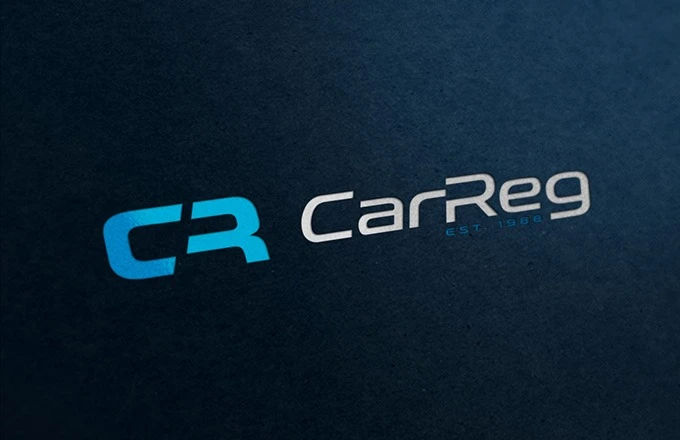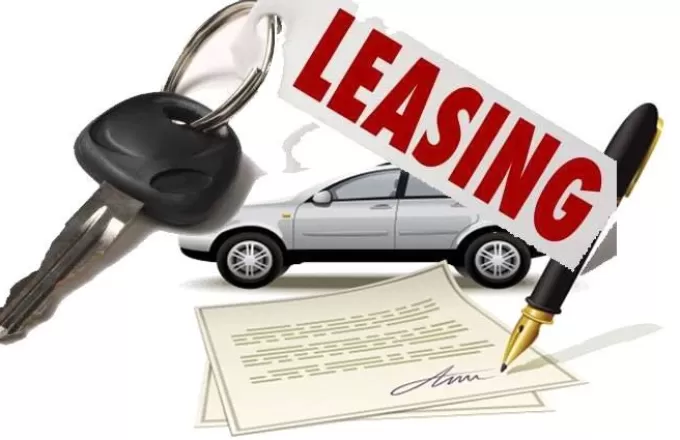Displaying a Personalised or Private Number Plate Correctly in 2024
Drivers are being urged to make sure their licence plates are road legal as the new “74” vehicle registration number rolls out next week.
They must make sure their own licence plates adhere to specifications in order to be road legal, with a warning that those that do not comply with rules could be hit with a £1,000 fine.
It is an offence to alter, rearrange or misrepresent the numbers and letters on a number plate to form names or words, or in a way that makes it difficult to read the registration number. For example, you should not use fixing bolts to change any of letters or numbers. Anyone with a number plate that does not display the registration number correctly could be fined. In some cases, the registration number may be withdrawn.
Personalised number plates are a popular way for vehicle owners in the UK to add a unique touch to their cars. However, while the idea of a customised plate can be appealing, it’s essential to know the rules and regulations that govern how these plates can be displayed. The Driver and Vehicle Licensing Agency (DVLA) has strict guidelines on number plate formats, and failing to adhere to these can lead to fines, MOT failures, or even having your plate revoked. But what are the grey areas? What can you get away with when displaying a personalised or private number plate in the UK? Let’s dive into the details.
1. Font and Spacing: Small Tweaks That Could Slip Through
The DVLA mandates that all number plates must use the Charles Wright font, with specific spacing between characters. However, some drivers try to get creative by making slight adjustments to the spacing or font style to enhance the readability or look of their personalised plates.
What You Might Get Away With:
- Subtle Adjustments: Slight tweaks in spacing that don’t distort the readability of the plate may go unnoticed by some enforcement officers or MOT testers. For example, nudging characters slightly closer together to make a word or name more recognisable might not immediately trigger penalties.
The Risk: However, this is a risky move. If an officer or camera identifies the spacing as non-compliant, you could face a fine of up to £1,000, and your vehicle may fail its MOT.
2. Screws and Strategic Placement: A Controversial Practice
Some vehicle owners use screws or other plate fixtures to alter the appearance of characters, creating the illusion of different letters or numbers.
What You Might Get Away With:
- Minimal Disruption: Using screws in such a way that the plate still remains broadly legible might be overlooked during casual inspections. For instance, placing a screw in a spot that subtly changes a letter’s appearance without making it unrecognisable could escape notice.
The Risk: This is a common tactic that’s very much in the grey area of legality. While you might avoid trouble during everyday driving, it’s easy for this alteration to be flagged during more detailed checks, potentially leading to penalties or a demand to replace the plate.
3. Creative Backgrounds and Borders: Walking a Thin Line
Some drivers opt for personalised backgrounds, borders, or badges on their plates to add a personal touch. The DVLA allows certain national flags or emblems, but anything beyond that is technically prohibited.
What You Might Get Away With:
- Understated Designs: A subtle border or a small badge that doesn’t interfere with the legibility of the plate might be tolerated. For instance, a thin border in a non-standard color could pass unnoticed.
The Risk: If the border or badge is too prominent or if the background makes the characters harder to read, you might face enforcement action. The DVLA is particularly strict about maintaining clarity and legibility on plates.
4. Misleading Use of Numbers and Letters: Pushing Your Luck
A popular trick among personalised plate owners is to use numbers that resemble letters (and vice versa) to spell out names or words. The classic example is using a "5" instead of an "S" or a "1" instead of an "I".
What You Might Get Away With:
- Close Substitutes: If the substitution is clear and doesn’t mislead or confuse, such as a "1" that genuinely looks like an "I" or a "5" that resembles an "S," this might pass without issue.
The Risk: The DVLA is becoming increasingly vigilant about plates that can be perceived as misleading. A plate that’s deemed confusing or misleading, such as one that could be mistaken for a different registration altogether, can be flagged, leading to fines or the plate being withdrawn.
5. Personalised Plates with Offensive or Rude Content: The Line Not to Cross
It’s crucial to understand that any personalised plate with content that could be considered offensive or inappropriate will almost certainly be rejected by the DVLA. However, some owners try to slip through borderline cases.
What You Might Get Away With:
- Borderline Humor: A plate with a clever play on words or a mildly suggestive phrase might get approved if it’s not blatantly offensive.
The Risk: The DVLA conducts reviews and often recalls plates that were initially approved if they receive complaints or if the content is later deemed inappropriate. If your plate is found to be offensive, you’ll be required to surrender it, and you won’t receive a refund.
Conclusion: Play It Safe, or Take a Chance?
While there are areas where you might push the boundaries with your personalised number plate, it’s essential to weigh the risks. The DVLA’s regulations are there to ensure clarity and avoid confusion on the road, and enforcement officers are increasingly vigilant. Although some minor tweaks might go unnoticed, significant deviations from the rules can result in fines, MOT failures, or even the loss of your cherished plate.
If you want to ensure that your plate stays on your vehicle without any legal hassles, it’s best to stick closely to the DVLA guidelines. However, if you’re willing to take a small risk for the sake of creativity or personal expression, be aware of the potential consequences and be prepared to make adjustments if needed. After all, the satisfaction of a unique plate isn’t worth the headache of fines or legal troubles.


